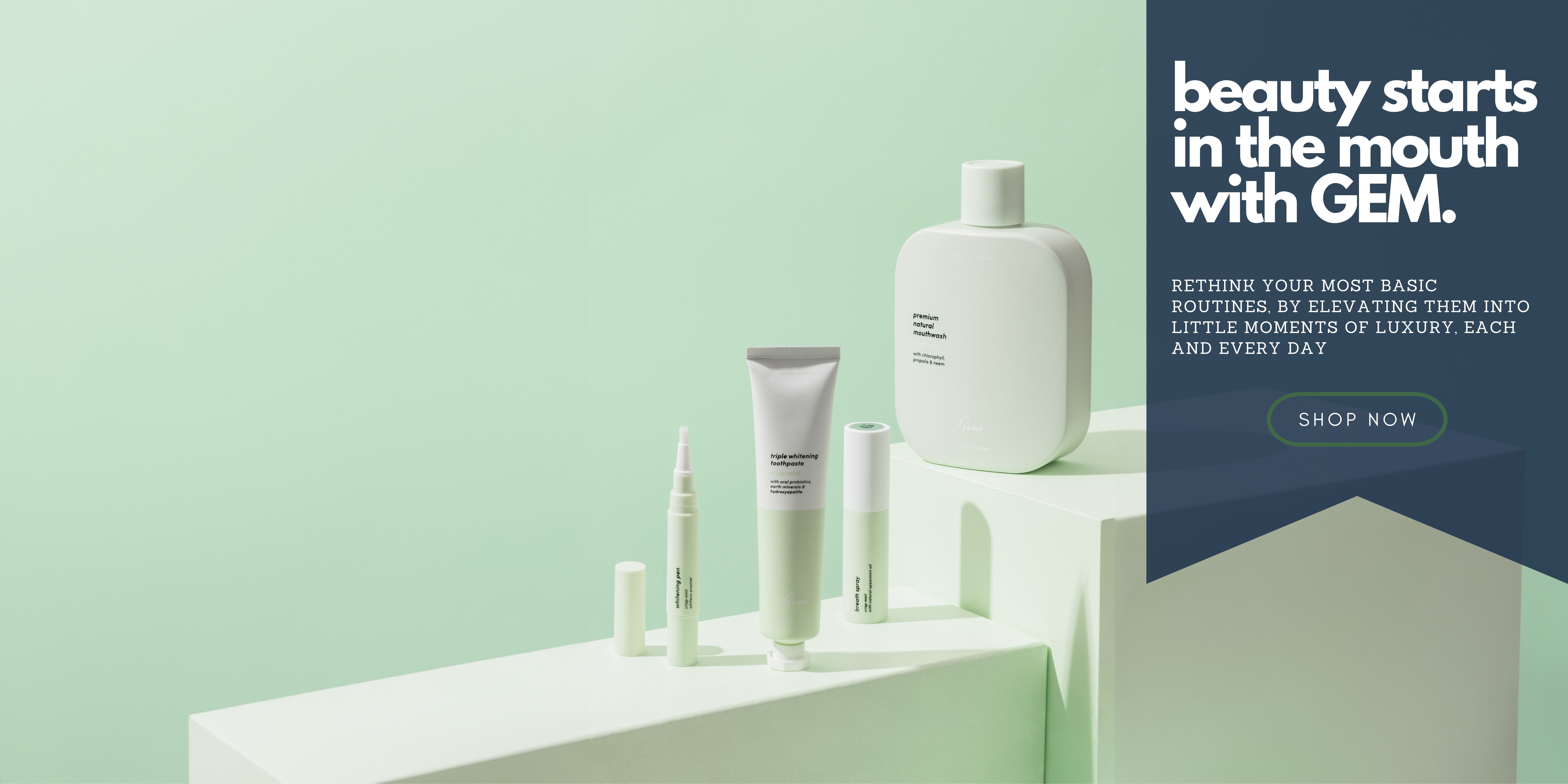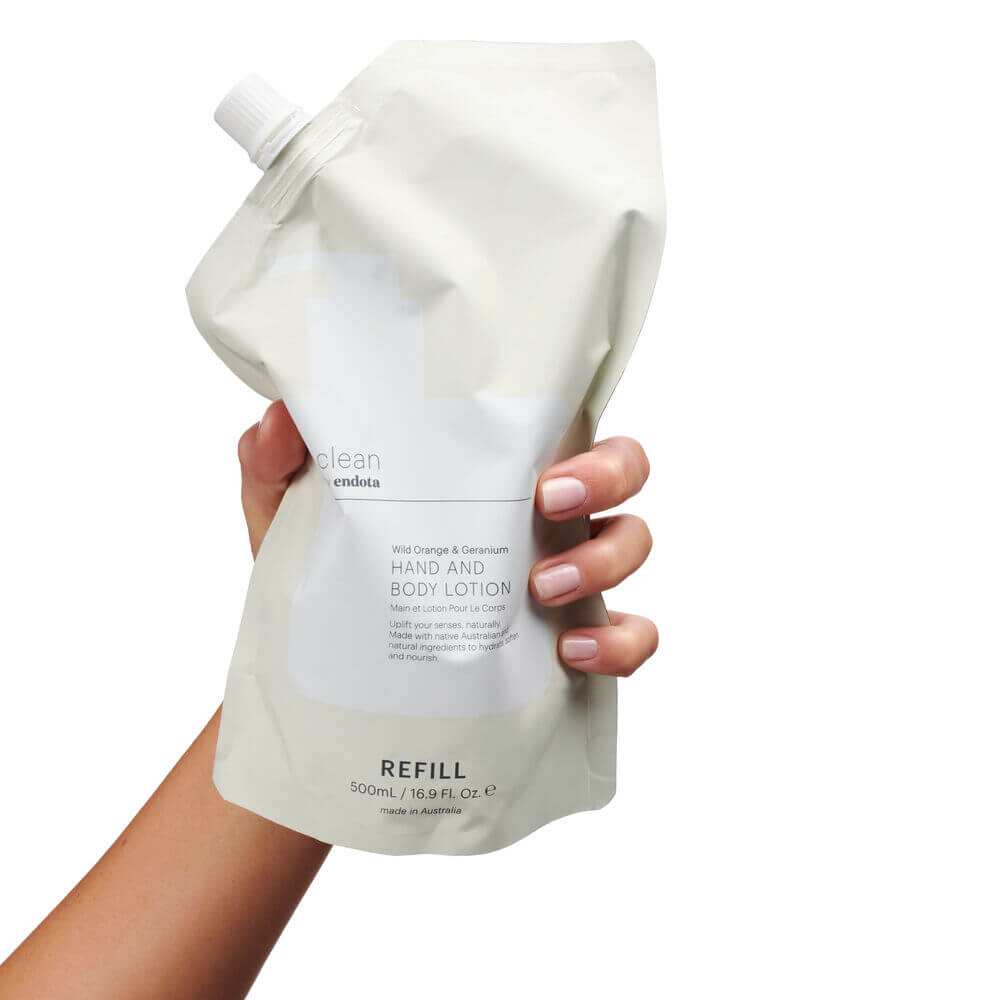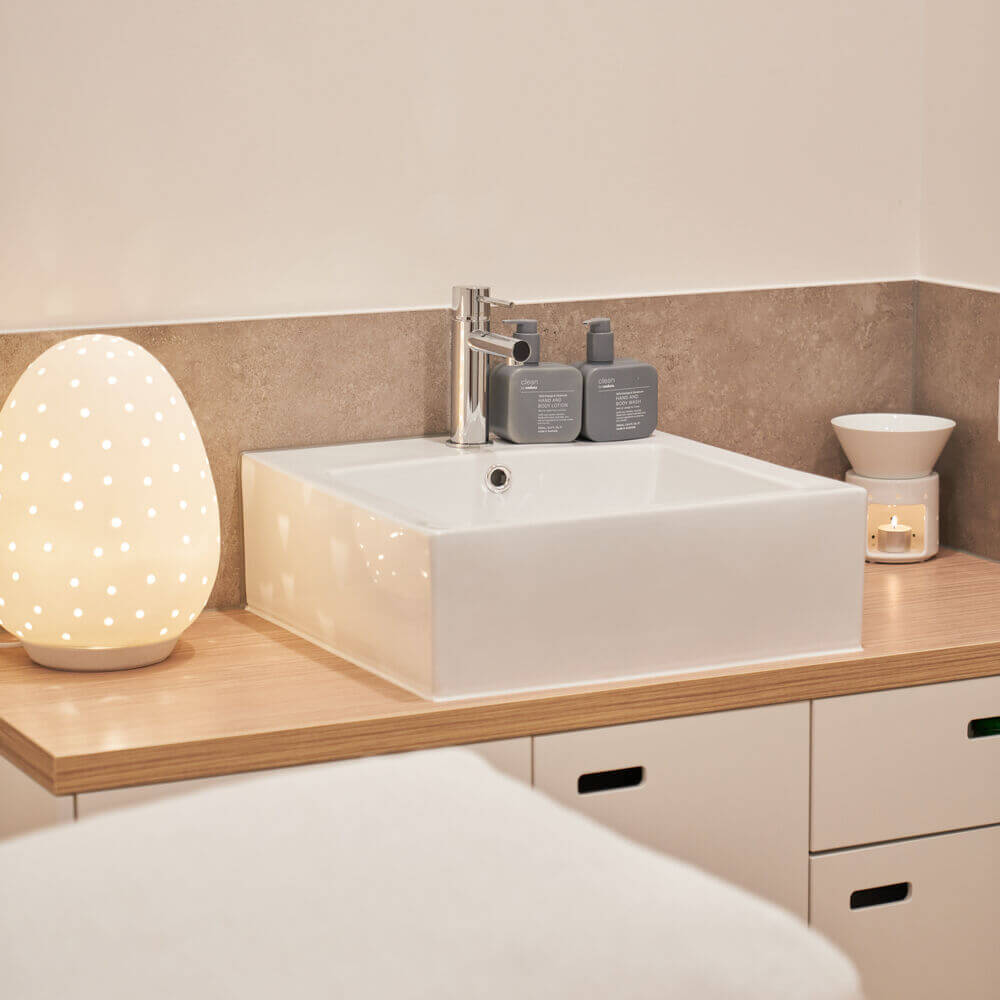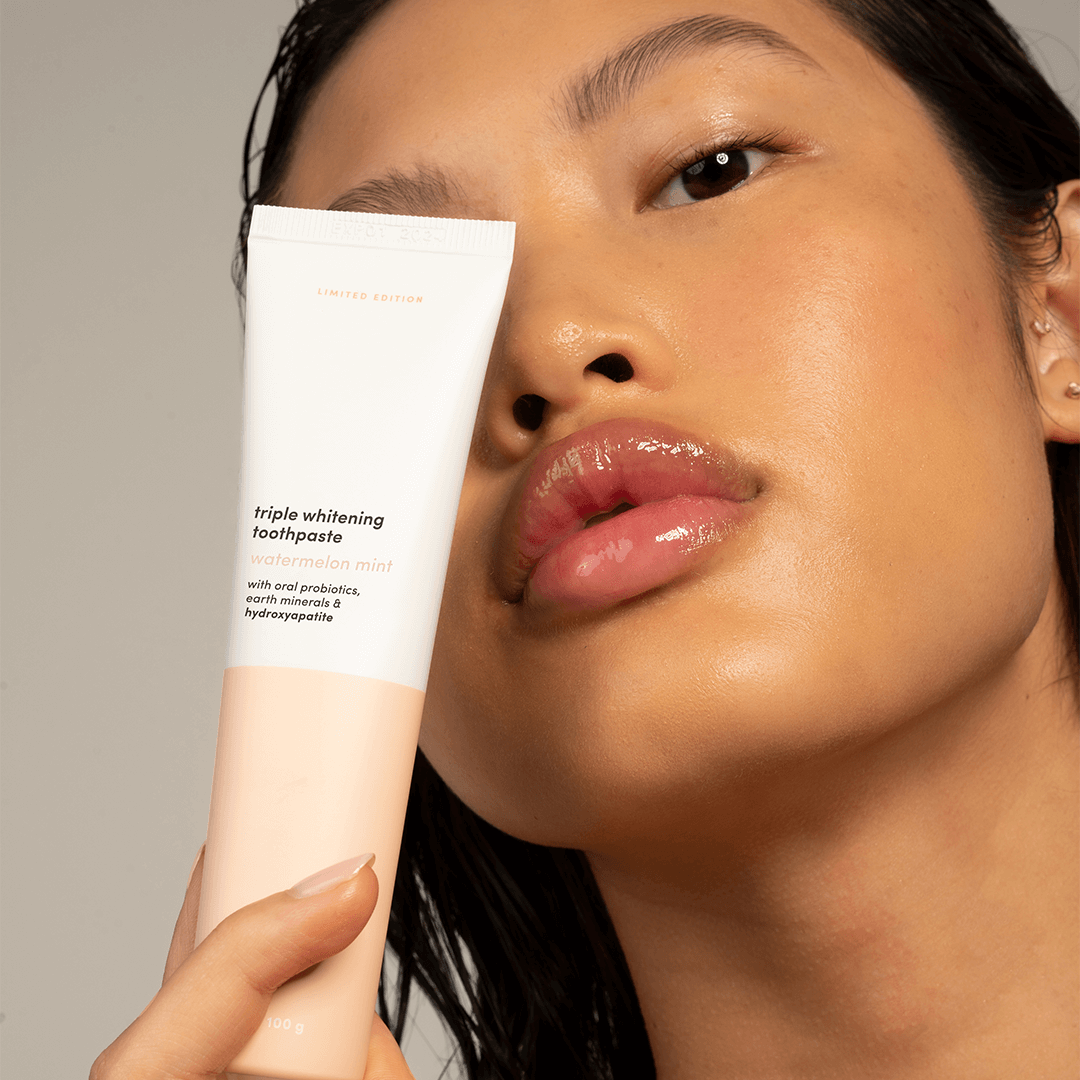The Best Skin Care For Pigmentation And Dark Spots
Posted by Wendy Hunter on 29th Aug 2022
All of us experience various skin problems. While most of us struggle with ageing symptoms, pigmentation and dull spots are other critical skin problems for which most want a long-term cure. The main skin problems that affect us all as we age are pigmentation, dull patches, and uneven skin tone. There is currently an extensive range of de-pigmentation creams, serums, and salves that function at the skin's cellular level to give you clear, depigmented skin that is toned evenly. It is due to recent advancements in science and reformist initiatives.
Have you seen any weird black patches on your face or elsewhere on your body? These symptoms could point to skin pigmentation. Pigmentation refers to the colouring or pigmentation of our skin, created by cells called melanocytes, which produce melanin. An even distribution of melanin across the face and torso indicates healthy skin. Melanin's primary role is to protect the skin from UV damage; however, when melanocytes are injured or diseased, the synthesis of melanin is accelerated, resulting in skin pigmentation or dark spots in certain parts of the skin.
Uneven pigmentation on your face may be a difficult and, at times, irritating skincare condition to manage, whether caused by acne, UV exposure or blue light, or some other variant. Don't worry; we've got options.
What is Pigmentation?
Let's first define what pigmentation is. In the world of beauty, hyperpigmentation is typically what is meant when we talk about pigmentation. Hyperpigmentation can be brought on by various things, such as hormonal changes brought on by pregnancy or the pill, chemicals, aging, inflammation, or sun exposure. All of those things may cause your skin's natural pigment, melanin, to produce too much, resulting in darker patches of skin on your body and face. Melanin is what gives our skin, hair, and eyes their colour.
We advise against picking your pimples because doing so might leave dark patches on acne-prone skin. Moreover, black spots might appear following inflammation in people with eczema or allergic responses.
We can all agree that, despite being adorable, freckles are not the same as uneven skin pigmentation on your face. Don't panic, though; you can use methods to get rid of those dark spots and lessen hyperpigmentation.
Causes of Pigmentation
Melanin production is increased, which leads to hyperpigmentation. Melanin's natural pigment gives our skin, hair, and eyes their colour. The leading causes of a rise in melanin synthesis are sun exposure, hormonal changes with ageing, skin injuries or inflammation, and several other variables.
1. Sunlight and hyperpigmentation
Because sunlight stimulates melanin synthesis in the first place, it is the primary cause of hyperpigmentation. Melanin acts as your skin's natural sunscreen, protecting it from harmful UV rays and causing it to tan in the sun. Hyperpigmentation can result from this process being disturbed by too much sun exposure.
Once dark spots have formed, sun exposure can aggravate the problem by darkening age spots (or sun spots), melasma, and post-inflammatory hyperpigmentation spots.
2. Hormonal hyperpigmentation
Melasma or chloasma is a specific type of hyperpigmentation primarily brought on by hormonal factors. It's theorized that the female sex hormones estrogen and progesterone trigger the overproduction of melanin when skin is exposed to sunlight. It's especially prevalent in women.
A side effect of some hormone therapies is hyperpigmentation.
3. Skin hyperpigmentation, injuries, and inflammation
Post-inflammatory hyperpigmentation develops due to skin injury or inflammation, such as cuts, burns, chemical exposure, acne, Atopic Dermatitis, or Psoriasis. After the wound heals, the skin becomes darker and discoloured.
4. Disease, hyperpigmentation, and medicine
Certain conditions, such as autoimmune and gastrointestinal ailments, metabolic abnormalities, and vitamin deficiencies can also cause hyperpigmentation. Specific treatments, such as chemotherapy, antibiotics, antimalarials, and anti-seizure medications, can also cause it.
What shades of skin are most susceptible to pigmentation?
Pigmentation is more susceptible to Darker skin tones. Because, the number of melanocytes that produce skin colour is higher and more numerous.
Types of Hyperpigmentation
Melasma, sunspots, and post-inflammatory hyperpigmentation are the most frequent kinds of hyperpigmentation.
Melasma: Melasma is thought to be induced by hormonal changes and can manifest itself during pregnancy. Hyperpigmentation can develop anywhere on the body, but the face and stomach are the areas where it happens most frequently.
Sunspots: Sunspots, also called solar lentigines or liver spots, are common. They develop as a result of prolonged, excessive sun exposure. They typically form as spots on sun-exposed areas such as the hands and face.
Hyperpigmentation is caused by inflammation: Skin irritation or injury is to blame for this. One frequent cause of this sort is acne.
What symptoms and risk factors are there?
Darkened areas of the skin characterize hyperpigmentation. Anywhere on the body, patches can develop in any size.
The two most significant risk factors for general hyperpigmentation are inflammation and sun exposure since both can increase melanin production. The likelihood of having increased skin pigmentation increases with time spent in the sun. Other risk factors for hyperpigmented patches, depending on the type of illness, may include:
- As demonstrated with melasma, oral contraceptive usage or pregnancy
- Darker skin, which is more susceptible to pigmentation alterations
- Medicines that make you more sensitive to sunlight
- Skin trauma, such as a wound or superficial burn injury
Best skincare tips for pigmentation
1. Apply SPF
As with most skin issues, prevention is preferable to cure or therapy. With sun exposure and UV damage, two leading causes of pigmentation, your first line of defence should be to wear an SPF 30+ every day. And we're not just talking about summer; SPF protection should be part of your daily regimen all year.
We strongly advise you to include an SPF30 sunscreen in your morning skincare routine. It's also a good idea to use SPF cosmetics because you can never be too safe. Use an SPF-protected moisturizer, BB cream, or foundation, such as our Super Camo Foundation with SPF15. Reapply sunscreen every couple of hours to be protected all day, especially if you're spending the day outside!
2. Avoid picking at pigmented skin
Scratching or picking at a spot or pigmented skin will only aggravate the irritation that causes skin discolouration and dark patches. The earlier you treat skin pigmentation, the easier it is to remove. Over time, the pigment of brown spots can penetrate deeper into the skin. As a result, always attempt to address it as soon as possible.
3. Make use of gentle skincare products
Always use gentle skincare solutions that do not sting or burn because irritation can exacerbate skin pigmentation and dark areas, particularly melasma. You can protect yourself against other common skin-darkening chemicals by utilizing acne medicine to treat pimples.
If these suggestions do not assist, visit a dermatologist who will advise you on the best course of action.
Home remedies for hyperpigmentation
Natural therapies may also be effective in lightening hyperpigmented spots. However, no large-scale human trials have been conducted to confirm the efficacy of any of these treatments. Always start with a tiny patch of skin when attempting a new therapy or natural remedy, and stop use if the skin becomes inflamed.
1. Aloe vera
Aloesin, a chemical found in aloe vera, has the potential to lighten hyperpigmentation. Aloesin works by reducing melanin formation in the skin.
People can use aloe vera gel straight to their skin daily. However, no research has directly linked aloe vera to reduced areas of hyperpigmentation; therefore, experts do not yet know the usefulness of this treatment.
2. Green Tea
Green tea extracts could help with hyperpigmentation. Scientists have long examined green tea for its potential antioxidant and anti-inflammatory qualities. There has been little research. According to a reliable source, green tea components can help with melasma and minimize sunburn. More research is needed before scientists can determine whether green tea might alleviate symptoms.
3. Milk or yogurt
Lactic acid, found in yogurt and milk, is a prominent ingredient in chemical peels for the skin. The small amounts in these meals may also aid with moderate hyperpigmentation. Applying yogurt or milk directly to the pigmented region, soaking a cotton ball in milk, and applying it to the area are possible home cures.
Allow the yogurt or milk to remain for a few minutes before thoroughly rinsing the area and applying moisturizer. Some people may use this technique twice daily to improve their skin spots.
4. Red Onion
Some people may benefit from red onions, or Allium cepa, as a skin whitening agent.
Notably, the researchers concentrated on isolated chemicals rather than the onion itself. More human research is required to determine whether the onion is beneficial; however, many individuals continue to utilize it as a home cure for pigmentation. A simple technique to use red onion is to crush it up and place it in an empty tea bag. Apply the bag to the hyperpigmented area, holding it in place using medical tape if necessary.
How to disappear dark areas
It's important to note that hyperpigmentation can never honestly go away. Every time you are exposed to hormonal or environmental triggers, it can recur. Genetics can also play a role. However, you may work toward naturally decreasing visible pigmentation and minimizing the appearance of black spots on your skin with the correct skincare regimen for pigmentation and everyday sun protection.






